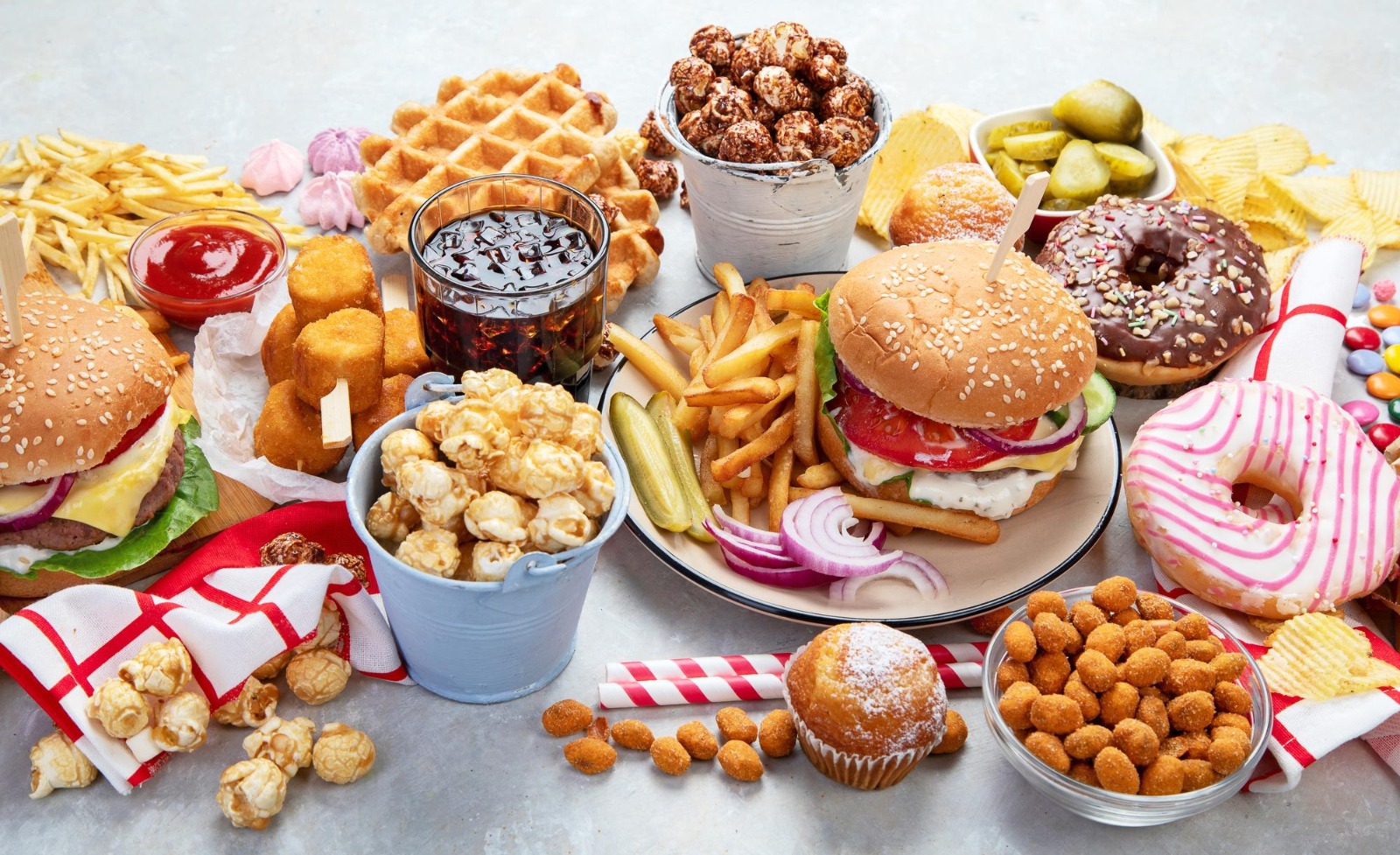
Managing diabetes isn’t just about avoiding visible sugar. Many packaged foods and “healthy” snacks contain hidden sugars that raise blood glucose just as quickly as sugar itself.
Labels such as “No Sugar” or “Diet” can be misleading. Hidden sugars often appear under names like maltodextrin, glucose syrup, dextrose, invert sugar, or fruit juice concentrate.
Although the names differ, the body processes all of them as sugar.
“Low fat” or “diet” foods may also add more starch or sugar for taste, which still leads to blood sugar spikes.
Even if sugar content looks low, refined starches such as maida, white rice flour, tapioca starch, or corn starch break down rapidly into glucose.
Snacks like biscuits, khakhras, or crackers are often considered healthier because they are baked, but if made from refined flours, they can still raise blood sugar quickly.
Tip: Check the first three ingredients on the label. If they are refined grains, the product is still a high-sugar food in disguise.
Since most Indian food packs don’t display Glycemic Index (GI), use simple clues:
At Dhee Hospitals, our endocrinology and diabetes team focuses on:
They improve texture, taste, and shelf life. Using different names also makes products look healthier.
Yes. Even without added sugar, fruit juices concentrate natural sugars and lack fiber, leading to quick sugar spikes.
Not always. Many contain mostly refined flour with only a small amount of whole grain. Always check the first few ingredients.
No. Jaggery, honey, and “natural sugars” still raise blood glucose in a similar way to white sugar.
Look at ingredients and processing. Less processed, grainy, fibrous foods (like roasted chana, peanuts, or millet snacks) are usually safer than puffed or polished ones.
Not all sugars are obvious.
Reading labels, recognizing ingredients, and making mindful choices are powerful tools for managing diabetes.